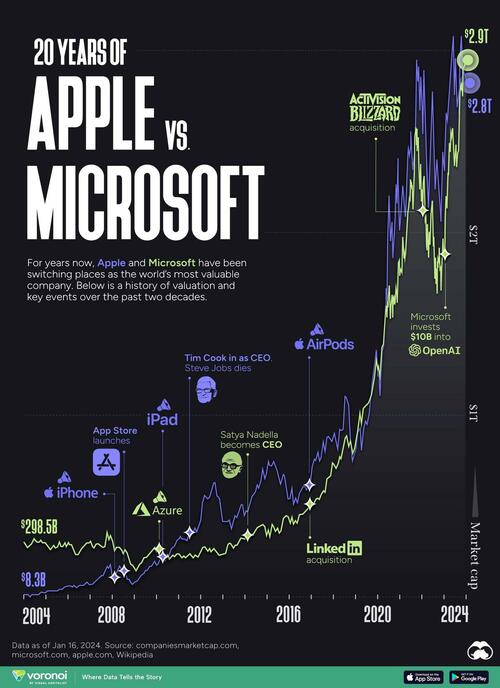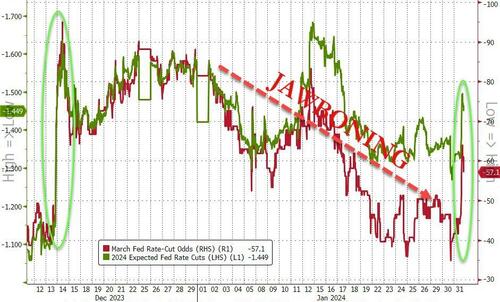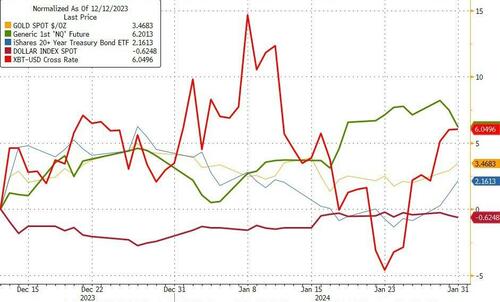The Drug Enforcement Administration (DEA) is considering whether it should reclassify marijuana under the Controlled Substances Act (CSA), as the Department of Health and Human Services (HHS) recommended last August. This week a dozen Democratic senators recommended that the DEA go further by completely removing marijuana from the CSA’s schedules. Their argument is sound as a matter of policy but legally shaky because the CSA incorporates international treaty obligations in a way that bars the DEA from taking that step.
Since 1970, marijuana has been listed in Schedule I of the CSA, a category supposedly reserved for substances with “a high potential for abuse” that have “no currently accepted medical use” and cannot be used safely even under a doctor’s supervision. The DEA has consistently rejected petitions asking it to reclassify marijuana, citing advice from HHS. But last August, in response to an October 2022 directive from President Joe Biden, who said marijuana’s Schedule I status “makes no sense,” HHS reversed its longstanding position.
Departing from the DEA’s usual approach, HHS took into account clinical experience with marijuana in the 38 states that allow medical use, scientific evidence in support of certain therapeutic applications, and the relative hazards of marijuana compared to “other drugs of abuse.” It noted that “the vast majority of individuals who use marijuana are doing so in a manner that does not lead to dangerous outcomes to themselves or others.” HHS concluded that the DEA should move marijuana to Schedule III, which includes prescription drugs such as ketamine, Tylenol with codeine, and anabolic steroids.
For good reason, Sen. Elizabeth Warren (D–Mass.), Sen. John Fetterman (D–Pa.), and 10 of their colleagues, including Senate Majority Leader Chuck Schumer (D–N.Y.), think that change does not go far enough. Rescheduling marijuana, they say in a letter they sent to Attorney General Merrick Garland and DEA Administrator Anne Milgram on Monday, “would mark a significant step forward” but “would not resolve the worst harms of the current system.” They urge the DEA to “deschedule marijuana altogether,” noting that its prohibition “has had a devastating impact on our communities and is increasingly out of step with state law and public opinion.”
Unsurprisingly, that recommendation was welcomed by drug policy reformers. But it goes beyond what the CSA authorizes the DEA to do.
Generally speaking, the CSA gives the attorney general the authority to schedule, reschedule, and deschedule drugs in consultation with HHS. The attorney general historically has delegated that function to the DEA, which is part of the Justice Department. But the CSA includes an explicit limitation on the executive branch’s discretion that complicates any attempt to unilaterally deregulate marijuana.
“If control [of a subtance] is required by United States obligations under international treaties, conventions, or protocols in effect on October 27, 1970,” Section 811(d)(1) of the CSA says, “the Attorney General shall issue an order controlling such drug under the schedule he deems most appropriate to carry out such obligations” (emphasis added). In that situation, the decision to place or keep a drug in one of the CSA’s schedules is mandatory, and it is to be made “without regard” to the “findings” and “procedures” ordinarily required to schedule a substance.
The United States is a signatory to the U.N. Single Convention on Narcotic Drugs of 1961, which requires strict control of cannabis. “If a Party permits the cultivation of the cannabis plant for the production of cannabis or cannabis resin,” it says, “it shall apply thereto the system of controls” specified for “the control of the opium poppy.” The treaty does not apply to “the cultivation of the cannabis plant exclusively for industrial purposes,” and it allows regulated medical use, as with opiates. But the obligations it imposes, which restrict the DEA’s scheduling decisions under the CSA, are inconsistent with decontrolling marijuana and treating it like alcohol and nicotine.
Warren et al. acknowledge the problem raised by the interaction between the CSA and the Single Convention. In 2016, they note, “the DEA considered its international treaty obligations a bar to rescheduling marijuana to anything less restrictive than Schedule II.” But since then, they say, “cannabis has been rescheduled under international law—a change that the United States and the World Health Organization supported, in light of ‘the legitimate medical use’ of certain cannabis products.”
In 2020, the senators note, cannabis was removed from the Single Convention’s “most restrictive schedule” (confusingly, Schedule IV). It remains in a category (also confusingly, Schedule I) that “requires countries to limit the drug’s use to only ‘medical and scientific purposes.'” But “deschedul[ing] marijuana altogether,” as the senators are urging the DEA to do, would flout that requirement. In addition to “cannabis and cannabis resin,” the Single Convention’s Schedule I includes drugs such as opium, heroin, fentanyl, morphine, hydrocodone, oxycodone, and cocaine, all of which are listed in the CSA’s Schedule I or Schedule II.
In support of their argument that treaty obligations are not an obstacle to administrative descheduling of marijuana, the senators cite a September 2023 legal analysis by the Boston-based law firm Foley Hoag. But that analysis actually undermines Warren et al.’s argument.
Foley Hoag notes that the Single Convention requires signatories to “tightly control cannabis, most similarly to the CSA’s Schedule I or Schedule II.” The main issue, it emphasizes, is not what the treaty demands but what the CSA allows.
“Several commentators have largely dismissed concerns regarding the Attorney General’s ability (via the DEA) to reschedule cannabis below Schedule II,” Foley Hoag notes. “After all, we’ve already violated it through our permissive approach to states’ rights to establish and regulate their own medical and adult-use markets. Moreover, several signatories to the UN Single Convention (including Canada, Mexico, Uruguay, Luxembourg, South Africa, Thailand, and others) have legalized adult use cannabis or have otherwise decriminalized possession and/or home cultivation in clear violation of the Single Convention. After all, the Single Convention seems to lack any enforcement mechanism. So, it’s no big deal, right? RIGHT?”
Wrong, Foley Hoag says: “Treaty compliance is not the issue. At least not the primary issue. The issue is compliance with domestic law. The key question is whether the Attorney General, via the DEA, can or will be able to reschedule cannabis to Schedule III given that the UN Single Convention is effectively incorporated into the CSA—a federal statute passed by Congress that the Executive Branch must follow.”
Back in 1977, Foley Hoag notes, the U.S. Court of Appeals for the D.C. Circuit emphasized that Section 811(d)(1) “circumscribes the Attorney General’s scheduling authority.” That provision “enables him to place a substance in a CSA schedule—without regard to medical and scientific findings—only to the extent that placement in that schedule is necessary to satisfy United States international obligations,” the appeals court said. “Had the provision been intended to grant him unlimited scheduling discretion with respect to internationally controlled substances, it would have authorized him to issue an order controlling such drug ‘under the schedule he deems most appropriate,'” full stop.
Note that Foley Hoag was addressing the issue of whether the DEA can legally move marijuana to Schedule III. The objections it raises apply with even more force to the question of whether the DEA can “deschedule marijuana altogether.”
In a 2020 brief asking the U.S. Court of Appeals for the 9th Circuit to overrule the DEA’s position that marijuana belongs in Schedule I, attorneys Matthew Zorn and Shane Pennington argued that the CSA violates the constitutional separation of powers. The statute “transfers a quintessential legislative power—the power to execute treaties—to the Attorney General,” they wrote. And in doing so, they said, it fails to provide an “intelligible principle to choose among schedules,” as required by the Supreme Court’s delegation precedents. “The Attorney General has no discretion to override the floor dictated by an unelected international body,” Zorn and Pennington noted. “But he has unfettered discretion to schedule above that point. Even if these two handoffs could stand independently, together they plainly violate established Separation of Powers norms.”
Even as they argued that the CSA is unconstitutional in these respects, Zorn and Pennington conceded that the attorney general “has no discretion” under the statute to ignore the Single Convention’s demands. In fact, their constitutional argument hinged on that point.
Zorn still does not see how the DEA can do what Warren et al. are asking without violating the CSA. “This is like asking the President to jump 20 feet in the air,” he says in an email.
The senators are right that moving marijuana to Schedule III would leave many problems unresolved. That step would facilitate medical research by removing regulatory requirements that are specific to Schedule I. It also would relieve a crippling tax burden on state-licensed marijuana businesses under Section 280E of the Internal Revenue Code. But those businesses would remain criminal enterprises in the eyes of the federal government, subject to felony charges and civil forfeiture—consequences they currently avoid only thanks to prosecutorial discretion and an annually renewed congressional spending rider that is limited to medical marijuana. They would still have difficulty obtaining financial services from institutions that are keen to avoid the risk of civil, regulatory, and criminal penalties.
Placing marijuana in Schedule III would not even make it legally available as a prescription medicine, which would require approval of specific products that meet the Food and Drug Administration’s onerous requirements for proving safety and efficacy. Nor would it restore the Second Amendment rights of cannabis consumers, who would still be barred from possessing firearms as “unlawful user[s]” of a controlled substance. And as Warren et al. note, “non-citizens could still be denied naturalization and green cards, and even deported, based on most marijuana offenses.”
The only way to solve all of these problems is to repeal the federal ban on marijuana—a move that 70 percent of Americans favor, according to the latest Gallup poll. But the power to do that lies with Congress, not the DEA.
The post 12 Senators Urge the DEA To Legalize Marijuana, Which Only Congress Can Do appeared first on Reason.com.
from Latest https://ift.tt/oPRWvpQ
via IFTTT
















